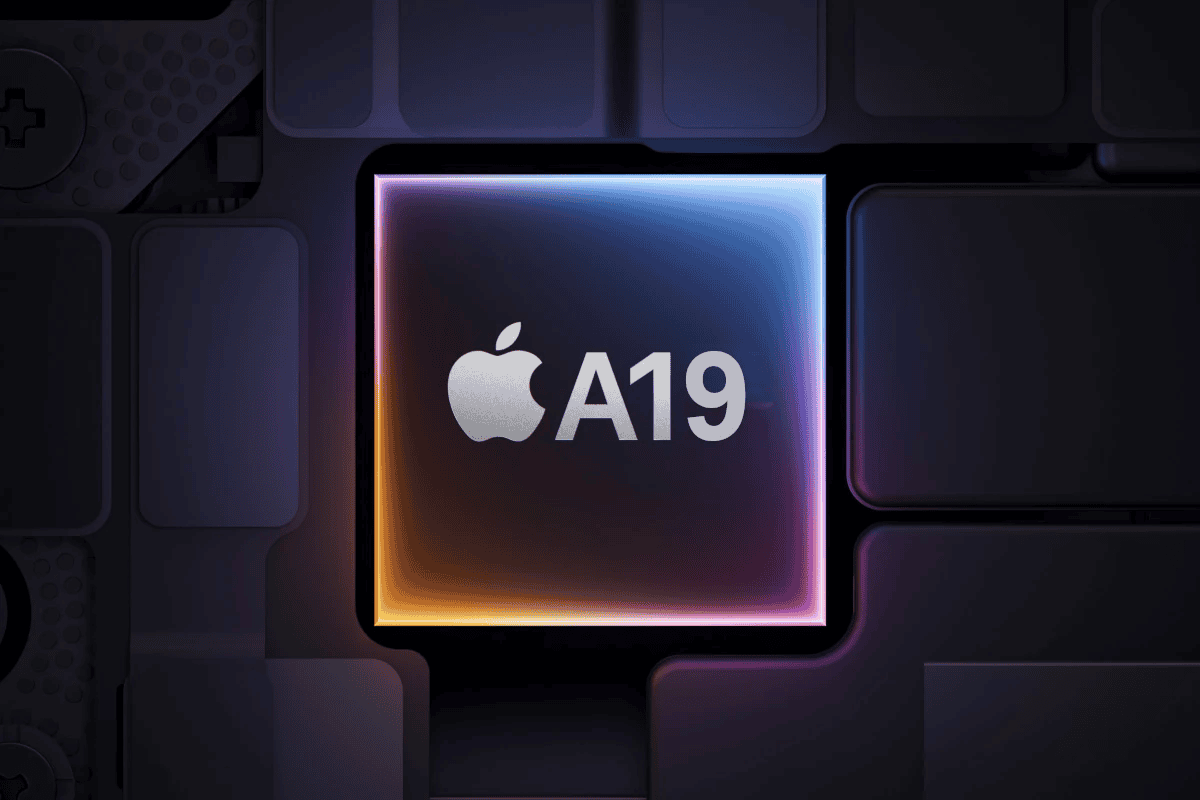Apple’s plans for 2nm chips in iPhone 17s will be pushed back a generation as the chips simply won’t be ready in time. TSMC announced that 2nm chips will start shipping in the back half of 2025 (which doesn’t give Apple enough time to integrate it into the iPhone 17 lineup). The tech giant will instead use 2nm chips in its iPhones in 2026, which is expected to be the iPhone 18 line. This pushes back the expected timeline by about a year. The setback stems from manufacturing challenges faced by Taiwan Semiconductor Manufacturing Company (TSMC), Apple’s primary chip supplier.
TSMC is struggling with low yields in its next-generation manufacturing process. The company’s difficulties in producing 2nm chips at scale have forced Apple to adjust its product roadmap. This delay affects the anticipated release of more advanced and efficient iPhones.

The postponement impacts Apple’s competitive edge in the smartphone market. It also highlights the complexities of semiconductor manufacturing at increasingly smaller scales. The race for smaller, more powerful chips continues, but progress comes with significant technical hurdles.
Apple’s Chip Roadmap: Skipping 2nm for iPhone 17
2nm Chip Delay
Recent reports suggest that Apple will not be using 2nm chips in the iPhone 17. The primary reason for this is a delay in the production readiness of this cutting-edge technology. It’s now anticipated that 2nm chips won’t be available until 2026. This means the iPhone 17, expected in 2025, will likely use an enhanced version of the 3nm process, possibly called 3nm N3E.
TSMC’s Role
TSMC, Apple’s primary chip supplier, is at the forefront of advanced chip manufacturing. They are working on both the 2nm process and the refined 3nm N3E process. The delay in 2nm production impacts Apple’s plans, as they rely heavily on TSMC’s advancements to power their devices.
What This Means for iPhone 17
Instead of a major architectural leap with 2nm, the iPhone 17 is expected to feature a more iterative improvement. The 3nm N3E process still offers performance and efficiency gains over the current 3nm node used in the A17 Pro. So, while it’s not the groundbreaking change of a new node, it will still bring noticeable improvements.
Future Implications
The delay in 2nm technology could have wider implications for the tech industry. Other companies relying on TSMC’s advanced processes will also be affected. This could lead to a slower pace of major chip advancements in the short term. However, it also gives companies more time to optimize their designs for the eventual arrival of 2nm.
Expected Timeline
Here’s a simplified timeline based on current information:
| Year | Apple Product | Expected Chip Process |
|---|---|---|
| 2024 | iPhone 16 | 3nm (N3B) |
| 2025 | iPhone 17 | Enhanced 3nm (N3E) |
| 2026 | iPhone 18 | 2nm |
Focus on Efficiency and Performance
Even without 2nm, Apple will likely focus on improvements in power efficiency and performance through architectural optimizations and the refined 3nm process. This means users can still expect faster and more power-efficient iPhones, even if they don’t get the latest node technology immediately.
Key Takeaways
- Apple delays use of 2nm chips in iPhones to 2026 due to manufacturing challenges
- TSMC faces low yields in producing 2nm chips, affecting Apple’s product timeline
- The delay impacts Apple’s competitive position in the smartphone market
Advancements in Semiconductor Technology and Its Impact on Apple’s Product Timeline
Apple’s product timeline closely aligns with advancements in semiconductor technology. The company’s shift to smaller, more efficient chip designs drives improvements in device performance and capabilities.
Transition from 5nm to 3nm Technology
Apple’s move from 5nm to 3nm chips marks a significant leap in semiconductor technology. The A17 Pro chip, featured in the iPhone 15 Pro, utilizes TSMC’s 3nm process. This transition brings substantial improvements in power efficiency and performance.
The 3nm process allows for more transistors in the same chip area, enabling enhanced processing capabilities. Compared to 5nm chips, 3nm designs offer up to 15% speed improvement at the same power, or up to 30% power reduction at the same speed.
Apple’s adoption of 3nm technology in the A17 Pro chip sets the stage for future advancements across its product line, including iPads and Macs.
Projection: Incorporating 2nm Chips in Future iPhones
Apple is expected to introduce 2nm chips in the iPhone 18 Pro, slated for release in 2026. This timeline aligns with TSMC’s projected mass production of 2nm chips in 2025.
TSMC has achieved a 60% yield rate in trial production of 2nm chips, surpassing initial expectations. This progress suggests a smooth transition to mass production at TSMC’s Kaohsiung facility.
The 2nm process introduces nanosheet transistors, a new architecture that promises further improvements in power efficiency and performance. This technology will likely debut in the A18 or A18 Pro chip.
Implications for Performance and Efficiency
The shift to 2nm technology will bring significant advancements to future iPhones and other Apple products. These chips are expected to offer substantial improvements in both performance and energy efficiency.
Key benefits of 2nm chips include:
- Increased transistor density, allowing for more complex processors
- Enhanced AI and machine learning capabilities
- Longer battery life due to improved power efficiency
- Potential for new features that require more processing power
These advancements will enable Apple to push the boundaries of mobile computing, potentially introducing more sophisticated AI-driven features and improving overall user experience across its product line.
Frequently Asked Questions
Apple’s decision to delay 2nm chip adoption for iPhones until 2026 raises several important questions. This delay impacts iPhone performance, industry trends, and Apple’s market position.
What technological advancements are expected to replace 2nm chips in iPhones?
Apple will likely continue using advanced 3nm chips in iPhones until 2026. These chips offer significant performance and efficiency improvements over previous generations. TSMC’s enhanced 3nm process nodes may bridge the gap until 2nm chips are ready.
How will the delay in adopting 2nm chip technology affect iPhone performance?
The delay may result in smaller year-over-year performance gains for iPhones. 3nm chips will still provide notable improvements, but the leap to 2nm could offer more substantial boosts in speed and energy efficiency.
What are the reasons behind Apple’s decision to postpone the use of 2nm chips?
Apple’s decision stems from TSMC’s production timeline and capacity constraints. The high costs associated with 2nm chip production and the need for large-scale manufacturing capabilities likely influenced this choice.
How will Apple’s chip strategy influence the smartphone industry’s roadmap?
Apple’s delay may impact the entire smartphone industry’s adoption of 2nm technology. Other manufacturers might adjust their plans, potentially slowing down the industry-wide transition to 2nm chips.
What are the potential impacts on Apple’s market share due to the delayed chip upgrade?
The delay might affect Apple’s competitive edge in the short term. Rival companies could potentially beat Apple to market with 2nm chips, potentially influencing consumer choices and market dynamics.
What alternatives is Apple considering for iPhone processors in the interim?
Apple will likely focus on optimizing 3nm chip designs and exploring other performance enhancements. Software improvements and specialized co-processors could help maintain iPhone performance leadership until 2nm chips arrive.







